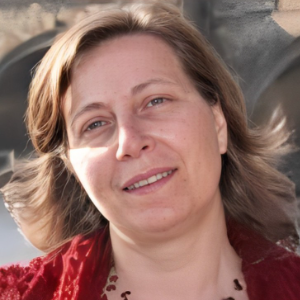Title : Recovery of N and P from livestock and agro-industrial effluents: Physical-chemical processes and agronomic efficiency
Abstract:
Mineral fertilizers must be applied to agricultural soils to overcome the natural shortcoming of soil nutrient’s level needed to maintain or increase crop productivity. At the same time both livestock production and agro-industrial sectors produce effluents with high levels of N, P and other nutrients. These effluents can be applied to agricultural soils providing those nutrients to crops (N, P, Mg, Ca, K, etc.) as well as organic matter to soil contributing to close the cycle of nutrients. However, not only the amount of N, P and other nutrients in those effluents are variable but also the ratio between the organic to inorganic forms. This variability causes differences in the agronomic efficiency of the nutrients mainly for N (Norg:Ntotal) and can also impact on their losses to waterbodies and in the case of nitrogen to losses through volatilization. To decrease these disadvantages, the effluents can be treated by physical-chemical processes such as gas-permeable membrane (GPM) technology and electrodialytic (ED) process which allow the extraction of major nutrients, namely N (GPM) and N, P and other nutrients (ED), to obtain mineral biobased fertilizers. The GPM technology allows capturing of NH3 gas present in the effluent in the trapping solution to form an ammonium salt. The ED process allows separating and concentrating of N, P, and other ions through applied electric current and ion exchange membranes. In this study we will present results on N recovery in concentrate solutions from an agro-industrial anaerobic digestate effluent by using GPM technology and on N, and P recovery from a pig effluent by using ED process. N recovery efficiencies of GPM technology and ED process achieved 70-90% for GPM and 40%, for ED. P recovery efficiency in ED process achieve 74-100%. It should be noticed that the ED process was applied to recover N for the first time in this work. The crop experiments done with the ammonium sulphate solution obtained by the GPM technology as N liquid fertilizer showed the same or even higher agronomic efficiency than the traditional N mineral fertilizers. The mineral biobased fertilizers obtained by these processes have the advantages regarding the traditional mineral fertilizers of having i) commercial value adding value to organic wastes, ii) a known mineral composition (N, P and other nutrients), iii) decrease mining of natural resources and iv) safe and easier transportation.
Acknowledgments: This research was funded by Foundation for Science and Technology (FCT) under the Project [UIDB/00681/2020] [CERNAS-IPCB]. The work for the recovery of nitrogen with the gas-permeable membranes has been funded by the National Institute of Research and Agro-Food Technology (INIA) and co-financed with FEDER funds (PID2019-106148RR-C41). Verónica Oliveira thanks FCT, P.I., through the institutional scientific employment program-contract (CEECINST/00077/2021).


